Discover the Secret of Master Sculptors: The Power of the Pointing Machine or Pantograph
In the world of sculpture, few tools can emulate the precision and performance of the pointing machine or pantograph. Known for its utility in transferring exact measurements from a model to a block of stone or wood, this tool has proven to be an essential piece in a sculptor's toolkit. In this article, we will delve deeply into the history and use of the pointing machine.
Each piece of sculpture has a story, and behind each masterpiece, there is a set of tools and techniques that bring it to life. The art of stone or wood carving is a meticulous process that demands patience, precision, and attention to detail, but with the right ally, incredible accuracy can be achieved in each stroke. The fact that the pointing machine or pantograph has remained a fundamental piece of the sculptor's arsenal for centuries is a testament to its value and effectiveness. With each point marked, the sculptor can get one step closer to their vision, allowing the materialization of ideas and concepts into physical forms.
The pointing machine or pantograph with its adjustable rods and its ability to take precise measurements, opens a world of possibilities for the artist. No longer is he limited by the difficulty of transferring exact measurements from a model to the stone. Instead, he has at his disposal a device that can streamline this process, giving him more time and energy to focus on what truly matters: the act of sculpting.
In this sense, the pointing machine or pantograph becomes a true third arm for the sculptor. This "arm" is not only capable of taking precise measurements, but also preserves and maintains a record of the proportions, freeing the sculptor's mind to focus on other aspects of the work. It is this freedom that has allowed many sculptors to reach new heights of creativity and excellence in their work.
However, don't be fooled into thinking that the pointing machine or pantograph can do all the work for you. Although its ability to transfer measurements in a precise and efficient manner is unparalleled, a sculptor must be skillful in the use of chisels and other carving tools to bring their designs to life. With practice and dedication, one can become a skilled stone or wood carver and create beautiful works of art that will stand the test of time.
The history of the pointing machine or pantograph is as fascinating as sculpture itself. From its invention in the 18th century by the French sculptor Nicolas-Marie Gatteaux to its popularization by the British sculptor John Bacon and the Italian Antonio Canova, this tool has been a vital part of the sculptor's arsenal.
Gatteaux, Bacon, and Canova. These are the names that changed the game in the art of stone and wood carving. Each of them made significant improvements to the pointing machine or pantograph, making the transfer of measurements even more precise and efficient. The pointing machine has proven to be a real catalyst for creativity and productivity, allowing artists to create more and work faster.
Modern sculptors still use pointing machines to transfer measurements from a model to a block of stone or wood. While the basic design of the machine has changed little since Gatteaux's invention, modern pointing machines are made of more durable materials and usually equipped with digital readings, making it easier for sculptors to transfer measurements with greater precision.
Although the act of carving stone or wood may seem straightforward at first glance, the reality is that it requires a deep understanding of the right tools and techniques. The pointing machine or pantograph, with its rich history and its crucial role in the sculpting process, is undoubtedly one of these tools. So whether you are a beginner eager to learn the basics or an experienced sculptor looking to perfect your craft, remember: mastering the use of the pointing machine is an essential step on your path to becoming a true master of the art of sculpture.
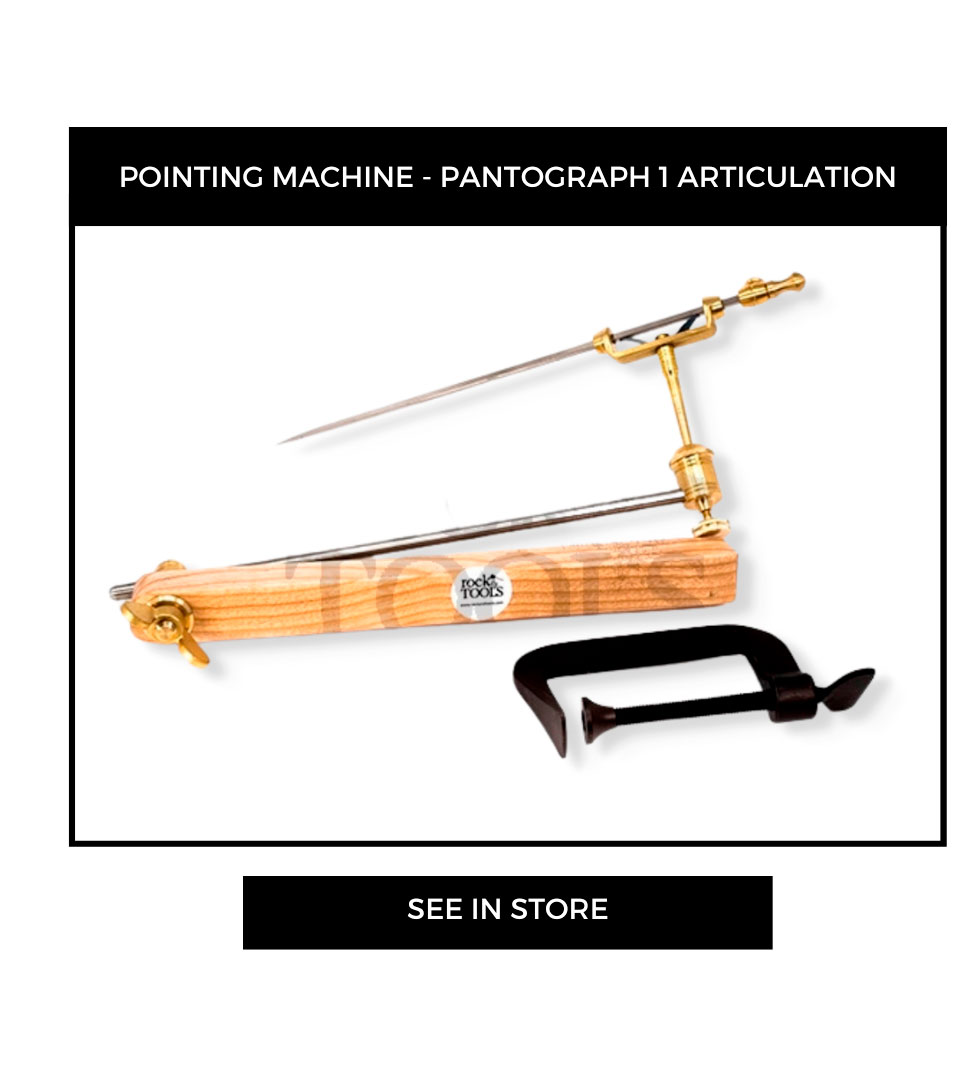
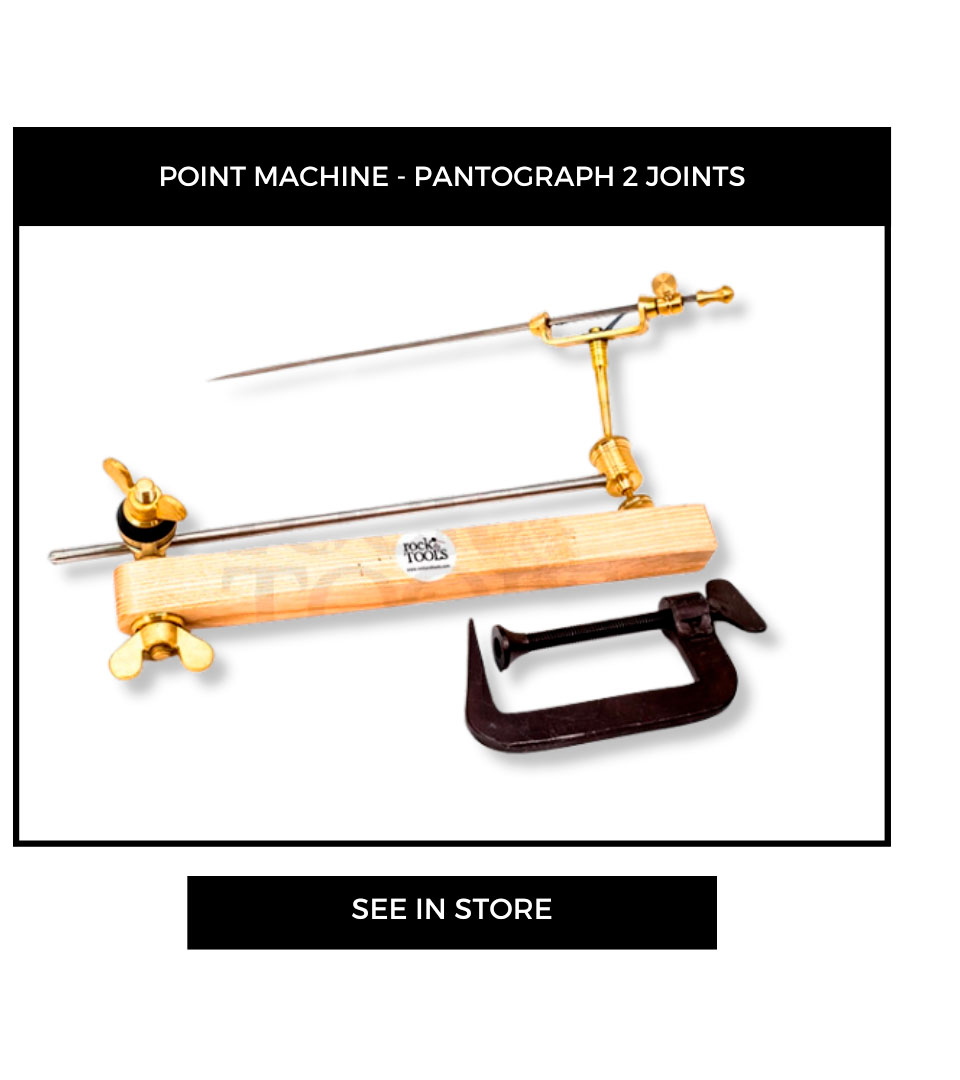
How to Use a Pointing Machine or Pantograph for Stone Sculpting
A pointing machine is an essential tool for stone or wood carving. It allows the artist to create an accurate copy of a model or pattern in the desired material.
How to use a pointing machine for stone carving:
The pointing machine or pantograph consists of a frame with three points representing the height, width, and depth of the model. On the other hand, we have an arm mounted on the frame, which has two joints. The model is placed on the left side of the machine, and the stone on the right side or vice-versa.
How to Take the Point:
When starting a sculpture, you must identify the most prominent point of the model. For example, in a bust, this point would be the tip of the nose, which is the most prominent part of the model. With the help of a mallet and chisels, you should begin to rough out the stone until you find that point. Once you find it, mark it with a pencil.
Transfer of the Point to the Stone:
The artist must use a chisel and a hammer to transfer the point from the pointing machine or pantograph to the stone. The artist should make a small indentation at the desired point of the stone. It is advisable to leave a bit of material, a few millimeters, from the point to the final surface, this way there will be enough material to carve the layer. This is especially useful if you have the assistance of a student or apprentice, allowing the sculptor to finish the work with that small margin.
Reiteration of the Process:
The artist must repeat the process of taking the point from the model, locating the point in the stone, and transferring the point to the stone until the entire model has been replicated in the stone or wood. Approximately 2 inches can be left between the points, although this will depend on the complexity of the sculpture.
Use of Calipers:
The artist should use calipers, compasses, etc... to verify the accuracy of the replica. The sculptor should measure the distance between the points on the model and the corresponding points in the stone. If any discrepancy is found, the sculptor should adjust the pointing machine and repeat the process until the desired result is achieved.
The use of a pointing machine for stone carving requires patience and attention to detail. However, with practice, the artist can master this technique and create precise and beautiful stone or wood sculptures. An apprentice can also be of great help in this process.
Benefits of Using a Pointing Machine or Pantograph for Stone Carving
A pointing machine is a tool that assists sculptors in transferring precise measurements and details from a model to a block of stone or wood. It is a valuable tool for stone or wood carving and offers several advantages:
- Increased Accuracy - One of the main benefits of using a pointing machine for stone carving is the increased accuracy it provides. By using a pointing machine or pantograph, a sculptor can transfer precise measurements and details from a model to a stone block. Ensuring that the final sculpture is an exact representation of the original model. The pointing machine also helps minimize the possibility of irreparable errors, as it allows for greater control over the final result. It is important to remember that the pointing machine is just a tool and that the final outcome reflects the skill and knowledge of the sculptor.
- Time-Saving - Using a pointing machine or pantograph can also save time in the stone carving process. The machine allows sculptors to quickly and accurately transfer measurements and details from a model to a stone block, reducing the time spent measuring and marking the stone. This feature allows sculptors to focus more on the creative aspects of carving.
- Consistency and Proportion - Another advantage of using a pointing machine is the consistency and proportion of the sculpture. By using a pantograph, a sculptor can ensure that every detail is accurately replicated from the model to the stone. This results in a sculpture that is consistent in details and proportions, giving it a professional and authentic look.
Pointing machines or pantographs are versatile tools used in a wide variety of projects, from transferring a model to the stone block, quickly and accurately; to scaling replicas of models.
The pointing machine or pantograph is an essential tool in a sculptor's toolbox. It facilitates the task of transferring precise measurements from a model to a stone or wood block, resulting in a detailed and accurate sculpture. By mastering this technique, any sculptor can increase their accuracy, save time, and improve the consistency of their work.
The art of sculpture is a challenge that requires much patience, skill, and dedication. Using a pointing machine or pantograph can be of great help in achieving high-quality work. With practice and perseverance, any sculptor can learn to use this tool effectively, allowing them to create high-quality stone or wood artworks.
Remember that, just like any other tool, a pointing machine or pantograph, is only as good as the person handling it. It requires practice and understanding to be able to use it efficiently. But once you master this technique, you will be well equipped to take your sculpture to the next level.
Finally, it's important to mention that despite the advantages of the pointing machine, the talent and skill of the sculptor are what truly make a difference in any piece of art. A pointing machine is a great tool, but the true art lies in the person who handles it and in the vision this person has to create something beautiful and enduring from stone or wood.
Venturing into the art of sculpture is to accept a challenge that demands patience, skill, and unwavering dedication. In this endeavor, the pointing machine or pantograph becomes an indispensable ally, a bastion of precision and efficiency that, when handled with mastery, can facilitate the creation of stone or wood artworks that resonate with exceptional quality.
However, just like any tool, a pointing machine or pantograph only unfolds its true potential in the hands of a dedicated and understanding artist. It demands from the sculptor a commitment to practice and comprehension in order to be skillfully used. Once you master this wonderful technique, you will find that you have armed yourself with a powerful means to take your sculpting skills to uncharted heights.
But, at the heart of any piece of art, beyond the efficiency and precision of the pointing machine, lies the innate talent and skill of the sculptor. This tool, albeit formidable, only comes to life in the hands of the artist, who imbues passion and vision into each fragment of stone or wood, transforming it into something beautiful and eternal.
Because in the end, the true art does not reside in the machine but in the soul of the sculptor, in their ability to bring life to stone and wood, and in their vision to create enduring beauty. So, when you find yourself facing your next sculpting challenge, remember that it is you, the artist, the true master of the work.
Happy sculpting!
Author: Ruben Llano
https://www.carvingforeveryone.com/




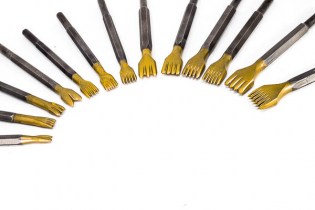

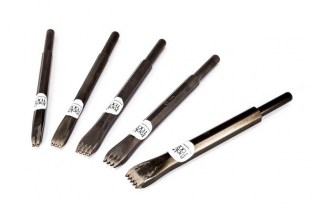
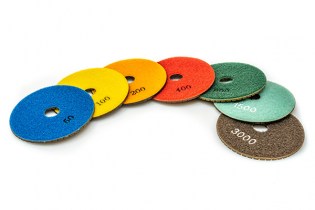
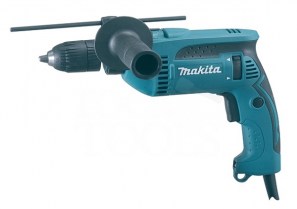

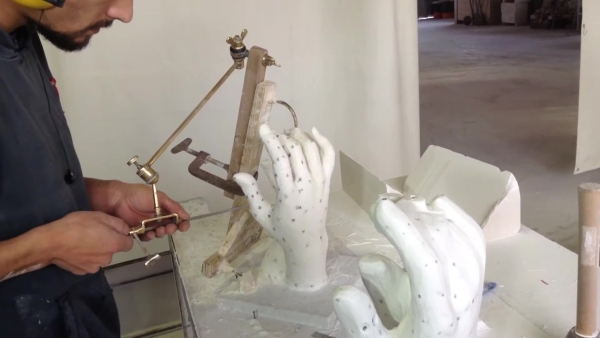
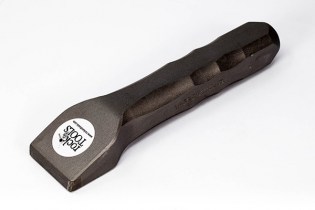
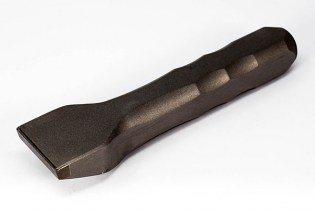




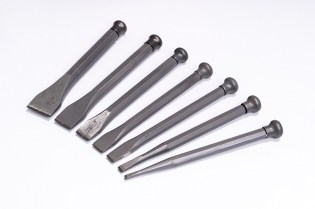
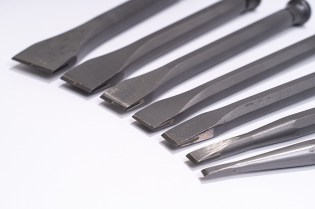
Leave a comment